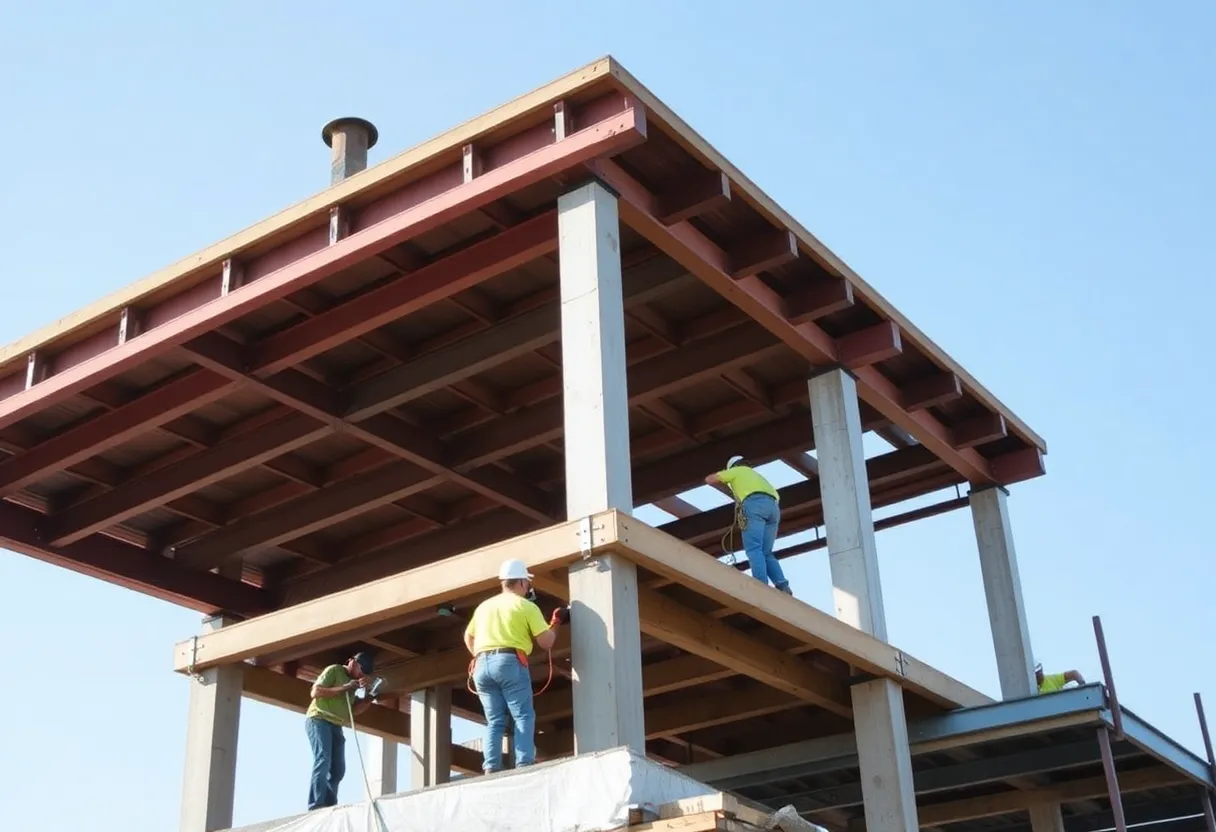News Summary
A railway station project in the writer’s city has been delayed for six years, leading to concerns over construction inefficiencies, budgeting issues, and tender management. Discussions with industry professionals point to construction estimating software as crucial for improving project timelines and overall efficiency. With various available tools, this article explores the top options, their features, and the importance of accurate bidding, ultimately emphasizing technology’s role in enhancing collaboration and project outcomes in the construction sector.
Delays in Local Railway Station Construction Raise Concerns
In the writer’s city, a railway station project has been under construction for a staggering six years, igniting questions regarding the causes of these significant delays. Disruptions in construction can often be attributed to various factors, such as held-off tenders, overruns in estimating costs, and inefficiencies among workers.
The Importance of Estimating Software
Insights gathered through casual discussions with family and friends involved in the construction industry have highlighted a critical element in improving project timelines: construction estimating software. This type of software serves as a pivotal tool in managing the entire lifecycle of a construction project by integrating several processes, including the selection of contractors, the creation and handling of tenders and proposals, job costing, and managing worker compensations.
Emergence of Top Construction Estimating Tools
Having explored over 40 different construction estimating software options, the writer identified seven top tools that can significantly streamline construction management. The selection was guided by insights from the G2 Grid Reports, which assess software based on various user metrics such as efficiency and satisfaction.
Features That Enhance Project Management
The construction estimating software examined reveals a range of features designed for efficiency, including bid management, bills of quantities (BOQ), current raw material pricing, and tender creation capabilities. Each phase of a construction project presents unique demands, requiring collaboration among different workers and cost estimators to ensure tasks are completed on schedule and within budget.
The Bidding Process: A Crucial Step
The bidding process remains a critical juncture in construction projects, necessitating accurate quotes from contractors that align with the project budget to ensure correct cost estimates. Evaluations across the software determined attributes such as features, pricing, pros and cons, and real-user reviews to provide authentic and unbiased recommendations.
A Comprehensive Analysis of User Engagement
Utilizing AI tools, the evaluation process analyzed customer reviews to pinpoint common satisfaction levels and pain points across various software options. Each software package received a proprietary G2 score, reflecting factors such as ease of administration, market presence, user satisfaction, and recommendation rates.
Software Innovations Enhancing Collaboration
Embracing construction estimating software allows for improved relationships between contractors and clients from project inception to closeout. The following software options have been identified as leaders in the industry:
- Autodesk Construction Cloud: This platform combines CAD design, cost estimation, and construction processes, promoting team collaboration through cloud-based document management and version control.
- Procore: Known for its comprehensive management capabilities, Procore centralizes project functions to enhance workflow efficiency, despite some technical setup frustrations reported by users.
- HCSS: This software is well-regarded for its bid management feature, enabling quick and competitive bidding while also tracking machinery in real-time—though initial setup can be complex for smaller businesses.
- Sage Estimating: Focused on precision, this tool allows users to create customizable templates and maintain historical estimates, although it is noted for its steep learning curve.
- Trimble WinEst: Recognized for its detailed cost analysis and project summary views, despite user challenges with database setup.
- PlanSwift: Features an intuitive interface for measurements and estimation, but has faced criticism for software crashes and sharing difficulties.
- Trimble Accubid Classic: Lauded for its user-friendly interface and project cost organization—though users expressed concerns about database limitations.
Cost-Effective Software Options for Small Businesses
Construction estimating does not have to be a financial burden for small businesses, as several affordable options exist, including Buildxact, STACK, Contractor Foreman, and free versions like Methvin and Joist. Cloud-based solutions markedly improve collaboration by simplifying project tracking and reducing the risk of errors linked to live material costs.
Future Trends in the Construction Industry
Looking ahead, the anticipated integration of AI and automation into forecasting and estimation processes is set to be a game-changer within the construction industry. This evolution in technology promises to enhance accuracy and streamline operations for better project outcomes.
Deeper Dive: News & Info About This Topic
Additional Resources
- OpenPR: Construction Estimating Software Market Size
- Wikipedia: Construction Estimation
- G2: Best Construction Estimating Software
- Google Search: Construction Estimating Software
- Netguru: Construction Estimating Software
- Encyclopedia Britannica: Construction Project Management
- Software Advice: Cost Estimating Software Comparison
- Google Scholar: Construction Estimating Software
- OpenPR: Construction Estimating Software Market Comprehensive
- Google News: Construction Software Trends
Author: Construction FL News
The FLORIDA STAFF WRITER represents the experienced team at constructionflnews.com, your go-to source for actionable local news and information in Florida and beyond. Specializing in "news you can use," we cover essential topics like product reviews for personal and business needs, local business directories, politics, real estate trends, neighborhood insights, and state news affecting the area—with deep expertise drawn from years of dedicated reporting and strong community input, including local press releases and business updates. We deliver top reporting on high-value events such as the Florida Build Expo, major infrastructure projects, and advancements in construction technology showcases. Our coverage extends to key organizations like the Associated Builders and Contractors of Florida and the Florida Home Builders Association, plus leading businesses in construction and legal services that power the local economy such as CMiC Global and Shutts & Bowen LLP. As part of the broader network, including constructioncanews.com, constructionnynews.com, and constructiontxnews.com, we provide comprehensive, credible insights into the dynamic construction landscape across multiple states.





